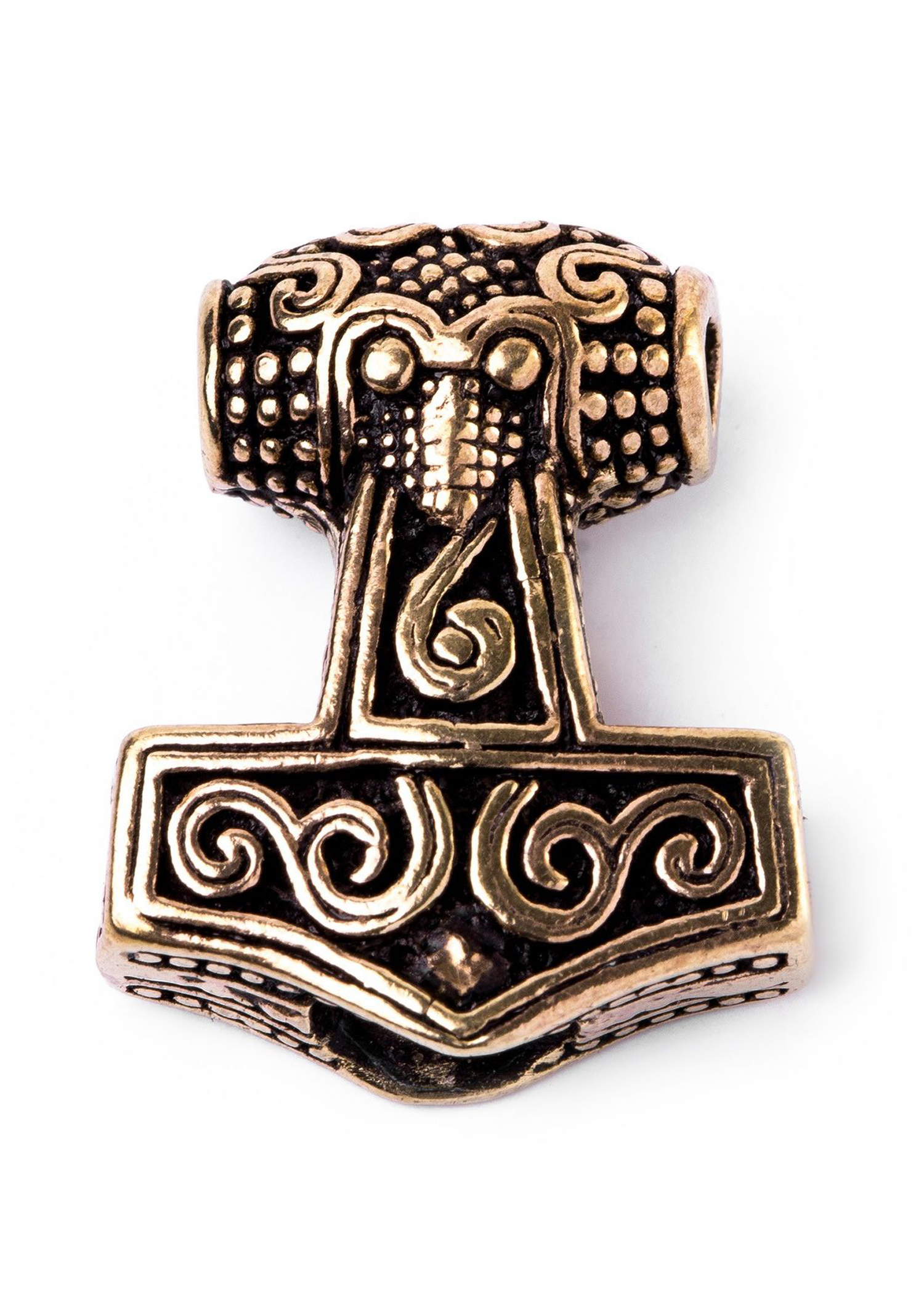Operation Viking Hammer - While formulating his campaign plan for operations in northern Iraq, 10th Special Forces Group (SFG) commander Col. (COL) Charles Cleveland faced confusion on both sides. Their primary opposition in the region came in the form of three Iraqi corps—more than 150,000 troops stationed along the 140-kilometer political border known as the Green Line. To counter this force, 300 Special Forces (SF) troops from Cleveland lined up against Iraqi forces with more than 50,000 Kurdish fighters. However, before engaging Iraqi frontline forces, Cleveland decided to eliminate the threat posed by the Ansar al-Islam terrorist organization to the Kurdish rear.1
Ansar al-Islam (AI) regularly clashes with Kurdish forces from its stronghold above the town of Halabja in the mountainous Khurma region near the border with Iran. With well-developed defensive positions on the high ground above the valley, the seven-hundred-strong AI posed a formidable threat to any Kurdish activity against the Green Line. An Iranian-backed Kurdish militia, the Islamic Group of Kurdistan (IGK), also occupies a sector in the northern part of the region and has to deal with AI. The final threat, a suspected Weapons of Mass Destruction (WMD) site, is located in Sargat village at the foot of the Sandahari Ridge.
Operation Viking Hammer

Coalition forces identified Ansar al-Islam's facility at Sargat as a potential WMD site. TLAM destroyed part of the compound, and after troops from the Yellow Route captured Surgut, special teams searched the site for evidence.
A Kurdish Operator From The Counter Terror Group
The 10th SFG developed a plan to deal with the AI, codenamed Operation Viking Hammer. COL Cleveland assigned the AI threat reduction mission to the 3rd Battalion, which was already fighting Iraqi forces along the Green Line. Reinforced C Company, 3rd Battalion remained east to meet the AI threat, then rejoined the rest of the 3rd Battalion at the Green Line, where it was fighting the 2nd Battalion, 10th SFG; 3rd Battalion, 3rd SFG; and Kurdish forces. Pushing Iraqi divisions across the Green Line would open the way to capture Kirkuk and Mosul, clearing northern routes to Baghdad.2
A key ally in the fight against AI was the 6,500 Peshmerga ("those who face death") from Kurdistan (PUK) under the command of ground forces. Mustafa turned to American special forces to provide ammunition and close air support for the offensive against the AI. Mustafa realized that having the US military on his side would prevent Iran from openly supporting the AI in the war. Lt. Col. (LTC) Ken Tovo, 3rd Battalion commander, and Mustafa formed a six-pronged attack to drive the AI out of the valley and capture a suspected WMD site at Sargat. Before the offensive begins, however, a demonstration of US firepower and determination is in order.3
In the operational position, Operational Detachment A (ODA) 081 occupied a small house in Halbaja, overlooking a flat valley towards the AI stronghold in the upper hills. On the evening of March 21, LTC Tovo and Kak Mustafa stood on the roof of a house anticipating the first missile attack on the AI forces. Twenty-five minutes after the scheduled strike time, the first Tomahawk land attack missile (TLAM) impacted the drone overhead and AI positions. Every few minutes for the next three hours, another TLAM would reach the target. By the end of the bombardment, sixty-four TLAMs had hit the AI base of operations, albeit with little effect, as the enemy took refuge in their caves after the first missile. The missiles exploded around the WMD facility at Sargat and across the target sector, but did not significantly reduce the AI defense position. However, the TLAM strikes dislodged the IGK, eliminating the organization as a factor in the war.4
Special Forces 81mm mortar teams supported the Peshmerga forces during the ground offensive. The peshmerga assigned to the blue attack route provided ample surveillance as the SF team set up their mortars before attacking.
Paratroopers Take Fight To Taliban
Although TLAM prepared the battlefield on the 21st, the ground attack was delayed until the 3rd Battalion could get more troops on the ground and receive air support. Viking Hammer is built around a six-pronged attack in the valley. From north to south, the attack lanes are indicated by orange, black, green, yellow, red and blue. Each Khankheri has between nine hundred and fifteen hundred Peshmerga fighters, members of the SF ODA. To conduct the battle, LTC Tovo coordinated Forward Operating Base (FOB) 103 with Major Greg Tsouris (alias) Advanced Operating Base (AOB) 090 on Hill 654, where he could see almost the entire valley. Members of AOB 090 also fired 81mm mortars in support of the green and red routes, with complementary targets on the blue route.
At 0600 on March 28, the attack began. The Yellow Prong was intended for a destroyed WMD site at Sargat and targeted AI on further routes over the surrounding mountains and ridges. The speed of the Peshmerga attack led to a rapid advance on all lines. "The Pesh usually looked for a weak point, attacked with all their weapons, and then bombarded the target," was a description of PUK tactics by Sergeant First Class Mark Greenlaw (pseudonym), in charge of a three-gun 81mm mortar. The section supporting the yellow route.6 The speed of the Kurdish fighters made it difficult for the mortar section to follow the frontline trace. With the Peshmerga not allowing their own troops to provide close fire support, Greenlaw and his crew had to stop frequently to locate targets. Deliberately retreating and taking advantage of their readiness and cache of weapons and equipment.
After the Yellow Root assault force reached the hills, they used the natural topography to conceal their approach to Yatzi.

The combined forces made significant progress in all aspects of the offensive that first day. The advancing troops along the Red and Blue routes protected several small villages in the valley. The blue mist went towards the valley and halted for the night at the village of Biara. As they moved through the valley, SF and Peshmerga forces saw AI fighters fleeing up the valley from the Biara area to more heavily fortified positions on the slopes of Mount Shram. A quick capture of Hill 868 allowed troops on the Green route to monitor Yellow's advance towards Surgat. The Yellow Prong force captures the AI checkpoint, clears a series of caves along the way, and splits off to send an element against the town of Bahka Khan. The northern element moved towards Sargat, which was secured in about 1000 hours. The troops assigned to Blake's route served as a reserve force. En route north, the forces in Orange Prong attacked east from Shilamar to Hill 1351, where they halted for the day. The hill supported a communication tower and bunker with about twenty AI soldiers who withstood three airstrikes and prevented the PUK from getting closer than two hundred meters to the bunker.9
A Green Beret: Operation Viking Hammer In Unconventional Warfare In Northern Iraq,...
After dark, PUK forces regrouped and consolidated their positions. Four AC-130 gunships kept pressure on the scattered AI fighters and prevented them from regrouping. By morning, the Peshmerga were ready to resume the offensive. 10 On 29 March the troops on the Green Route continued the attack, moving north-east and occupying the high ground on Hill 1365. The Yellow Route forces were pushed out of Sargat and expanded their perimeter to include the villages of Hanidind and Daramar. The forces on Red consolidated their interests in the vicinity of Biara. Troops on the block, held in reserve the previous day, joined Orange Prong in a coordinated attack on the Jalm Valley and northern areas, where they secured Hill 1351.
Green Prong's forces captured several hills during the attack, advancing further into AI territory with each gain."
Throughout the rest of the day and into the following days, the PUK pursued the AI towards the Iranian border, where many crossed unmolested, while others faced fire from the Iranians and were forced back towards the Peshmerga. By March 30, the PUK controlled the previously AI-dominated valley and held high ground overlooking the area leading to the Iranian border. Viking Hammer eliminated the AI as an effective fighting force and eliminated the threat to the PUK rear area. With this accomplished, the mission shifted to supporting PUK forces along the Green Line.
The presence of SF teams aided the Peshmerga in several ways, including close air support and indirect fire, command and control, and joint pre-attack planning. The presence of SF is significant even at low doses. As LTC Tovo commented, “Joa's boosted morale for the PUK
Triumph Rocket Iii Range Viking Spear Studded Shock Cutout Large Leather Motorcycle Saddlebags
Viking thors hammer, hammer toe operation, viking thors hammer necklace, viking hammer, viking thor hammer necklace, viking hammer pendant, viking sledge hammer, thor's hammer viking, viking hammer for sale, operation viking, operation hammer, viking hammer necklace

0 Comments